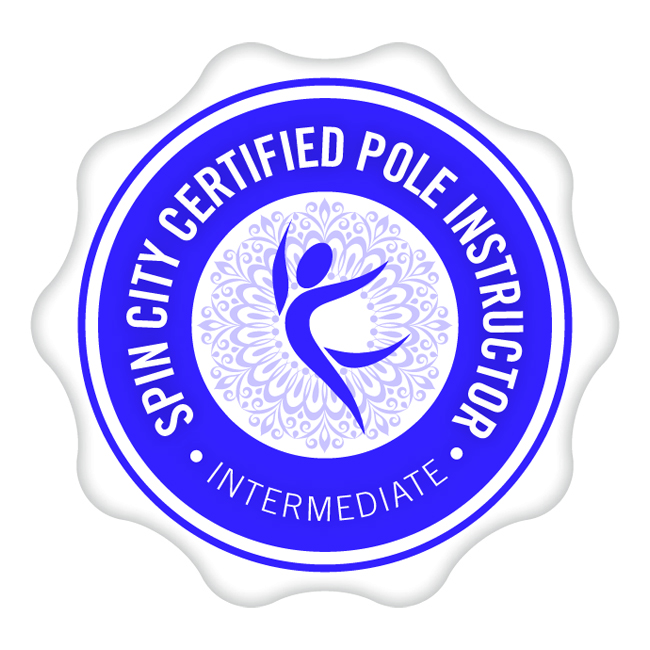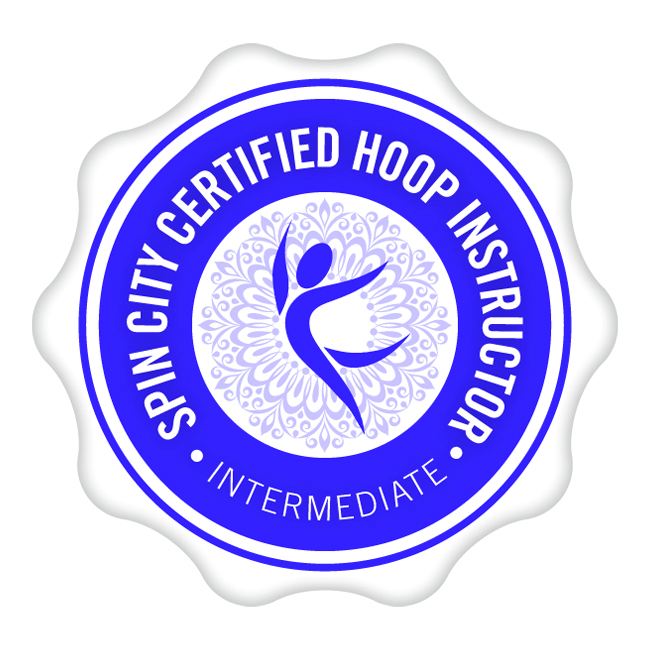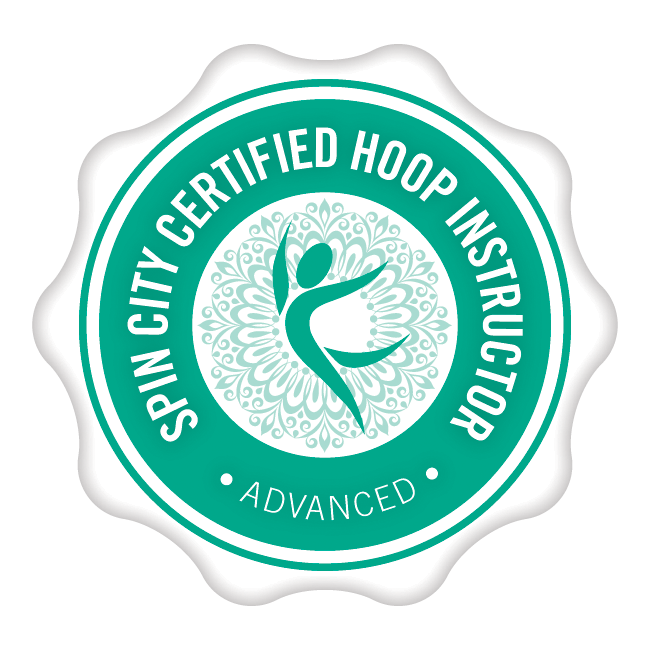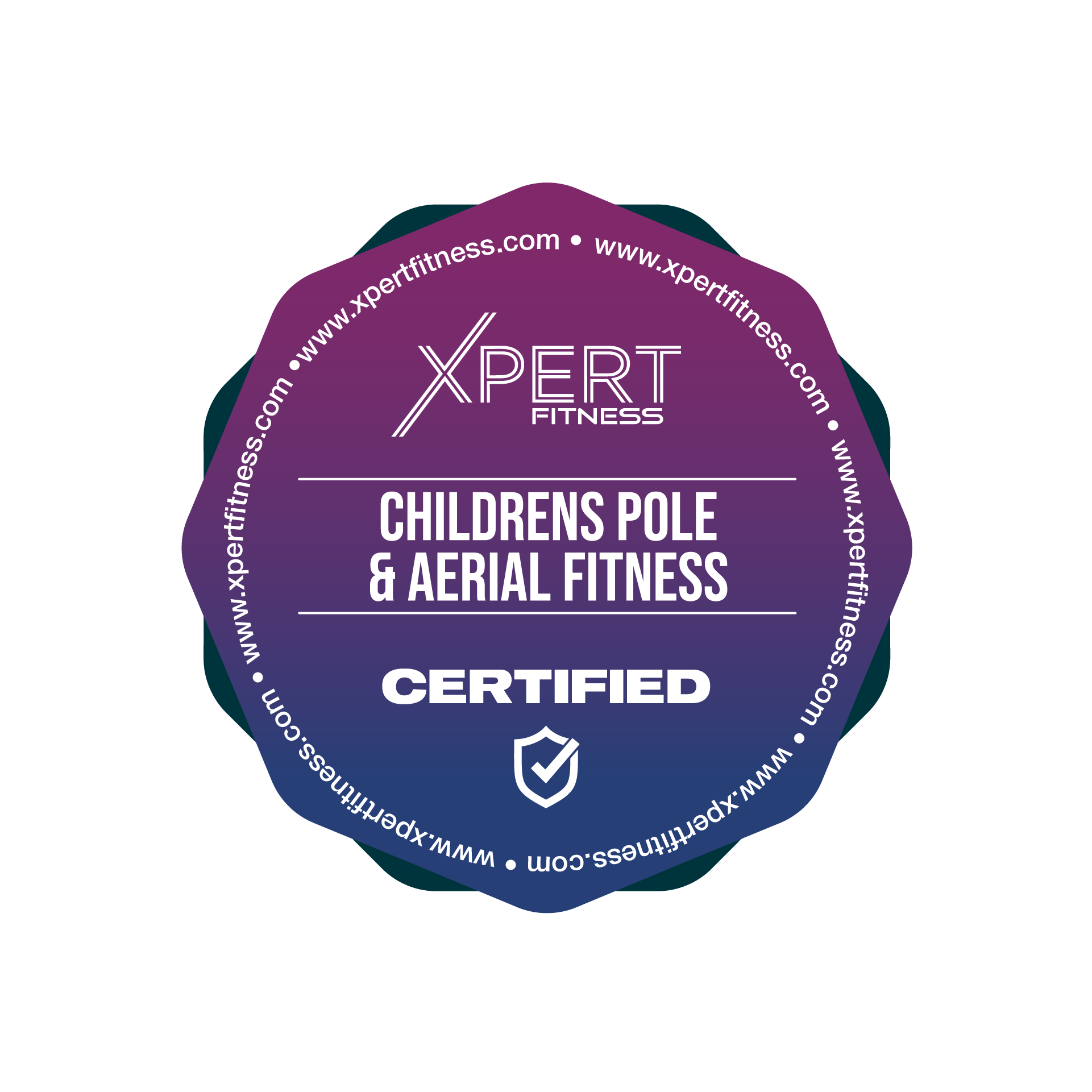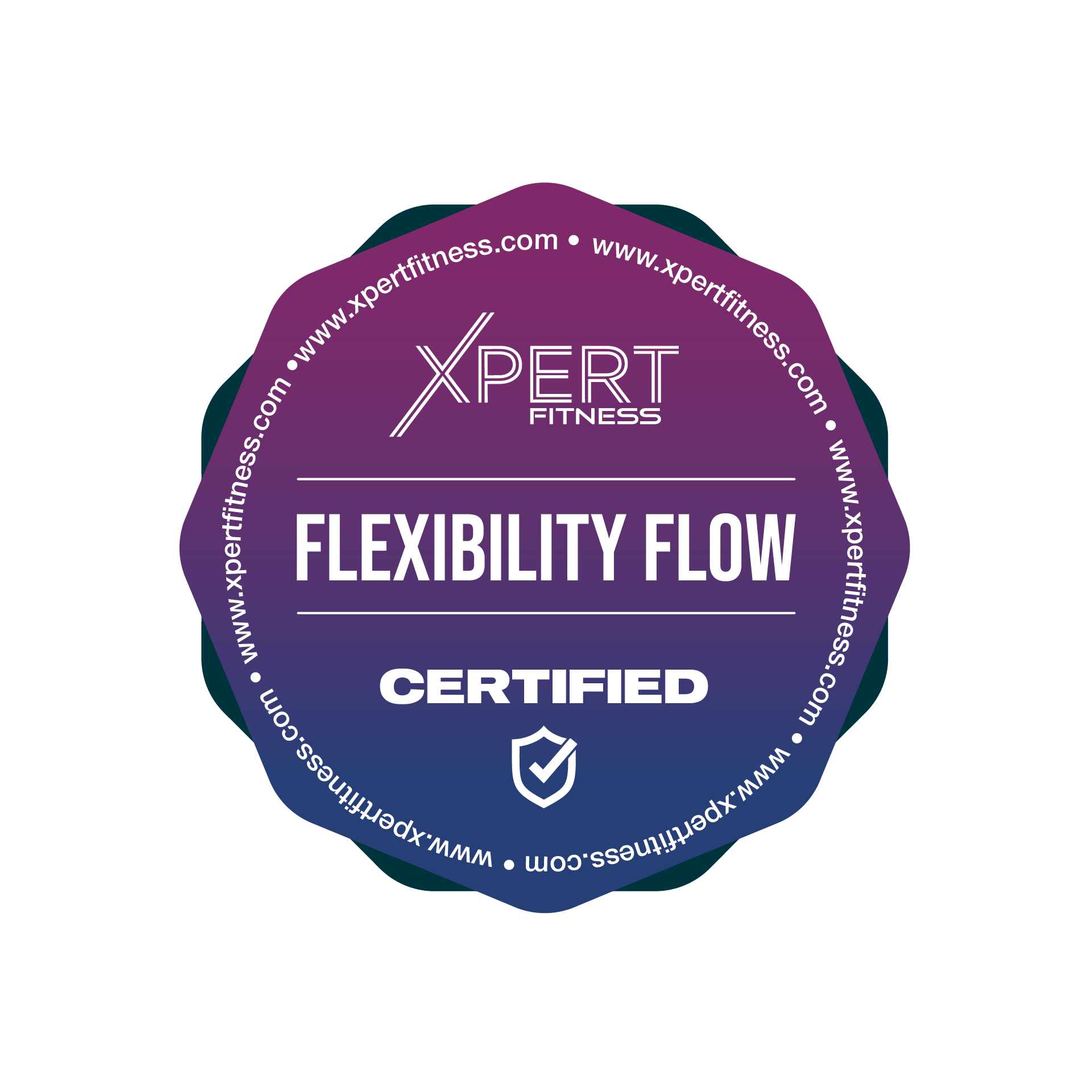Putting a Pole Dance Routine Together?
The idea of putting a pole routine together is often a lot more difficult than you think. It really depends what you’re routine is for – whether you are entering a competition, or an instructor putting one together for your class, or just doing it for yourself. As long as you have some motivation you will complete a great routine.
Music

The first main task is to choose your piece of music. This choice is heavily influenced by what your routine is for. If you are entering a competition a good idea is to pick a piece where you can really show off your skills – if you are graceful and enjoy holding poses, a slower song might be a good choice. If you really want to have fun perhaps pick a well known song that the audience will enjoy so that they will feel involved. If you would like to show a range of skills try and pick a piece of music with faster and slower parts. If your routine is for a class or yourself pick a piece of music that you enjoy so that you will stay motivated.
Time scale
Set a date of when your routine needs to be finished by. It is important to leave yourself enough time to go over and over the routine to try and make it as smooth as possible. If possible try and leave yourself a quarter of the total time you have to just go over and over the finished routine so that it is in your head and you will know it inside out before you show anybody.
Which Moves?
You really need to think carefully about which moves you want to use. Everytime you think of a move you might want to use, write it down as over time you may forget it. If you are competing it is very important to read the rules – there may be certain moves that you are not allowed to do and some that you may have to – it is likely that you will have to use a static and a spinning pole in your routine. If it is for your class what level are they comfortable with? If it is for yourself decide whether there are a few new moves that you would like to learn and put into your routine.
At this early stage you still have plenty of time to work out which moves you want to use and may find that some you do not want to use any more – keep a note of everything you think of.
As you are at the stage of making up a routine it is likely that you will have quite a lot of moves that you might want to use. Remember that there are hundreds of moves out there. It is good to research to see if there are any moves that you would like to do. You can use the internet to find moves. It is quite interesting to watch footage of people at competitions as generally this is when they are at their best and most polished. You will probably see a lot of moves that you have not come across – you may not even know the name of some of them but you can give them a go.
Early Rehearsals
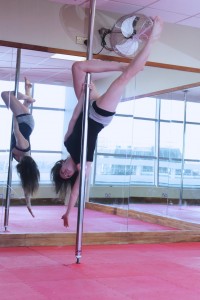 Your early rehearsal times really should be all about experimenting and building up your strength. I suggest using about half of your total rehearsal time working on your moves and not worrying too much about the routine at this stage.
Your early rehearsal times really should be all about experimenting and building up your strength. I suggest using about half of your total rehearsal time working on your moves and not worrying too much about the routine at this stage.
During your first and second rehearsals it is good just to experiment. Put your music on and have a dance around and see what you come up with. This is when you will remember moves that you haven’t used for a while.
Remember to always take a notebook with you. Write down moves that you like, or moves that you want to look up at a later date and moves that might be nice to link together.
After your initial few sessions you should hopefully have a list put together of moves that you are considering for your routine. This is likely to be a list of ones that you are very confident with and some you might need to go over. Have a list of moves – about 4 to 7 and run through this list every time you rehearse. It is a good idea to do each move 3 times through before you move on to the next. If you do have time, try and do this list through 2 or 3 times. When you are confident with a move on the list, replace it with another move you want to work on.
For routines it is important to use transitions and link moves together. Your routine needs to flow and be graceful so it is just as important to practise your transitions into the moves as well as the moves themselves.
Your Routine
After quite a few sessions of rehearsals you should have a rough idea of a sequence of moves that you want to use and need to think about which order to put them in. You don’t want to use up all of your energy at the beginning of the routine and may want to use a few easy spins or moves at the beginning to ease your body in to it.
You need to work with the music. Make the most of any slow parts in the song as well as and beats that you can use. It is important to keep in time with the music as this will make a much better performance.
You need to know what elements to include in your routine. You may need to use a static and spinning pole, and transition from one to the other. You may need to do floor work. It may be a straight routine on one pole, and if so you will need to give yourself a break physically by walking round the pole a few times rather than going straight from move to move.
The easiest way to make your routine is to start at the beginning of the song. Decide whether you want to start on the floor and dance or go straight into your routine. Start your routine off easy by using some gentle moves, spins or poses. Continue in this way by adding on combinations of moves that link rather than individual moves. This will help you to remember the routine, help it to flow better and look much more professional.
Expect that your routine will not necessarily come easily or quickly. Aim to work on a different 20 – 40 seconds each time you rehearse, starting at the beginning.
Go back to your note book. Write down a list of all of the moves that you have in your routine so far. It is a good idea to spread similar moves out as much as you can. There is no point doing a V Invert twice in a row even if they do link to different moves.
Routine Rehearsal
 By this point you should have a rough out line of all the moves and the order that you are using. This is the time to really polish your routine. If you are trying out new moves and have not perfected them, now is the time to leave them for the next routine. There is no point putting something difficult in your routine just in case you manage to do it right and it looks good. If you do it wrong, people will remember this rather than the rest of your routine.
By this point you should have a rough out line of all the moves and the order that you are using. This is the time to really polish your routine. If you are trying out new moves and have not perfected them, now is the time to leave them for the next routine. There is no point putting something difficult in your routine just in case you manage to do it right and it looks good. If you do it wrong, people will remember this rather than the rest of your routine.
If you can, put your music on repeat. This allows you to try your routine over and over. It gives you time to mess up, re-think and try again by the time the beginning of the song comes back on.
Once during every rehearsal try to start your routine in the middle of the song – this will give you a bit more energy and allow you to perfect your second half.
Try to get a friend to watch you. They will need to be really honest and let you know if a move doesn’t look good, or if you need to improve on anything. A fresh pair of eyes and a new perspective is always helpful. Get them to take pictures, or even better, a video so that you can see exactly what you are doing.
If there are mirrors where you are rehearsing, try to avoid looking at them while you go through your routine. It is okay during earlier rehearsals to make sure your body is in the correct position but you may end up relying on them for balance or seeing where your body is in relation to the pole. It will be harder to do your routine without mirrors and so it is best to get used to being without them.
Plan where your audience will be – this may be the students in your class, the audience at your competition or a friend. Some moves will be better facing the audience, such as an air walk, and others you may need to face away from such as an invert so that you will be facing them by the time you are upside down.
If you find you do not have enough time for all of the moves, you need to work out which ones you want to leave out. You may find this quite hard so revert back to your list of moves and get rid of any that are too similar to each other.
Tips
- Don’t over do it in rehearsals. Some days you are a lot better than others for no particular reason. Some days you may have less grip than others and sometimes you may be more tired. If you ever try to rehearse and you aren’t enjoying it, it may be worth leaving your routine for a day or two. You can always stretch and think about your routine rather than physically doing it. You’ll probably benefit from this in the long term anyway.
- Play your chosen song at least once every rehearsal if you can. This will help you to know the music really well. You will also have time to try out some moves to the song and perhaps find some moves you want to do.
- Always take a pen and paper with you. You may think that you will remember all the moves that you want to do but by the time you get changed it’s likely that you’ll have forgotten something.
- If you have a limited time using the poles try and focus on moves just on the poles. Any floor work or dancing can be practised at home when you have more time. You can also listen to the music at home and try to write down any sequence of moves that may be good to use.
- Hold any poses that you do for a few seconds. This will give you time to have a slight break and give the audience a chance to appreciate your move. Do not rush your routine. There is no point in cramming too much in so it looks rushed as it will not look as good as a smooth performance.
- Have fun when performing. If you enjoy your routine – not matter how simple – it will look much better than if you do not!



